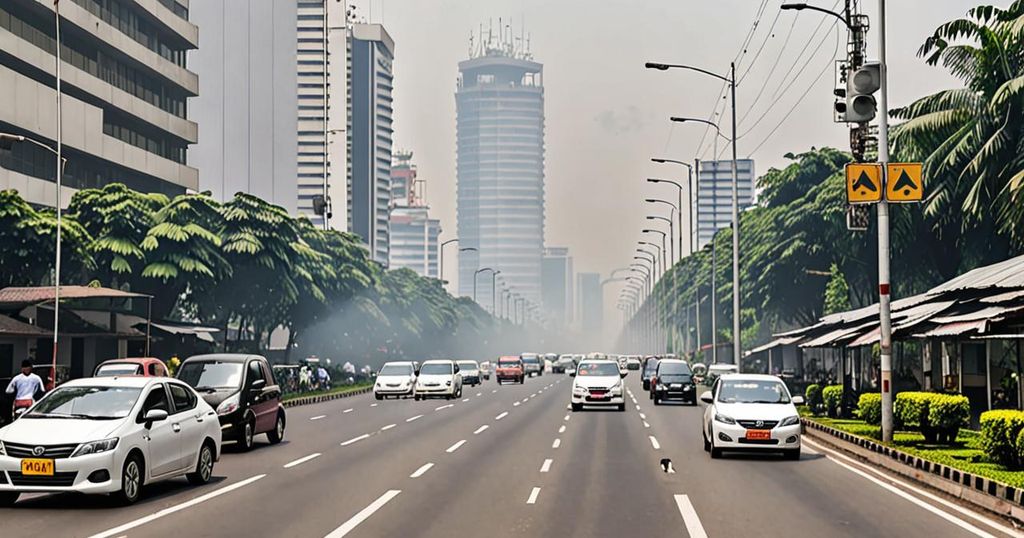The bustling metropolis of Jakarta, in Indonesia, is well-known for its rich cultural heritage and economic vibrancy. However, beneath the city’s energetic facade, a blanket of smog lurks. Recent reports have identified Indonesia’s capital as the world’s most polluted city, consistently ranking among the top 10 most polluted cities globally since May, according to IQAir data. With over 10 million residents exposed to toxic air on a daily basis, the urgency to address Jakarta’s air pollution predicament looms large.
President Joko Widodo has proposed the construction of a new capital, Nusantara, which is currently being developed in a remote area of Kalimantan. This plan entails relocating at least 16,000 civil servants, military personnel, and police officers from Jakarta. This decision is a response to Jakarta’s gradual submergence into the sea, as well as the escalating issues of traffic congestion and pollution that the capital grapples with. However, as the capital city undergoes this transitional phase, what lies ahead for the millions of individuals who call Jakarta their home?
In addition to the proposed capital relocation, it is imperative to elucidate the root causes of the pollution that plagues Jakarta. Understanding these factors is crucial for formulating effective strategies to mitigate the crisis. Furthermore, what measures are in place, or are being considered, to address the grave concerns regarding air quality? One notable example is Jakarta officials’ contemplation of imposing penalties on motorists.
The deteriorating air quality in Jakarta is a complex issue that requires concerted efforts and coordinated actions from various stakeholders. It extends beyond being just a local predicament and has far-reaching implications for public health and environmental sustainability. As such, decisive and sustainable solutions are imperative to alleviate the dire circumstances faced by Jakarta’s populace.
Recognizing the gravity of the situation, it is crucial to garner insights from authoritative sources and experts in environmental conservation. Establishing a multidisciplinary approach that integrates scientific research, policy formulation, and community engagement is essential in formulating a comprehensive remedial plan. Collaboration between governmental agencies, environmental organizations, and advocacy groups is paramount in effecting substantial change.
Ultimately, the onus lies on the collective resolve of society to uplift Jakarta from the grips of hazardous pollution. By fostering public awareness, promoting sustainable practices, and implementing stringent regulations, Jakarta can transcend its current environmental plight and pave the way for a cleaner and healthier future. The endeavor to clear Jakarta’s skies of pollution demands unwavering commitment, but the potential for a rejuvenated and pristine urban landscape is a cause worth pursuing.

Leave a Reply